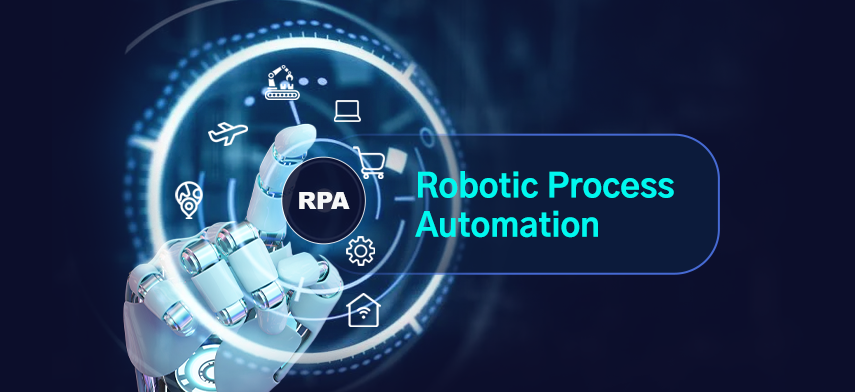Robotic Process Automation (RPA) is a type of technology that enables the automation of repetitive, rules-based tasks. It uses software robots, or “bots,” to perform tasks that would normally be done by humans, such as data entry or processing insurance claims. RPA can be used to automate tasks across a variety of industries, including healthcare.
In the healthcare industry, RPA has the potential to greatly improve the efficiency and effectiveness of care delivery. For example, RPA can be used to automate tasks such as scheduling appointments or processing insurance claims, which can free up healthcare providers to focus on more high-value activities, such as patient care.

Another potential benefit of RPA in healthcare is that it can help to reduce errors and improve the accuracy of certain tasks. By automating tasks that are prone to human error, such as data entry or billing, RPA can help to reduce the risk of mistakes and improve the overall quality of care.
While RPA has the potential to greatly improve the efficiency and effectiveness of healthcare delivery, it is important to note that it is still a relatively new technology and there are some limitations to its use. For example, RPA systems may require significant upfront investment and may be complex to implement and manage. It is also important to consider the potential risks associated with using these systems, such as the risk of data being lost or corrupted.
Overall, RPA is a powerful technology that has the potential to greatly improve the efficiency and effectiveness of healthcare delivery by automating repetitive, rules-based tasks and reducing the risk of errors. As this technology continues to evolve and mature, it is likely that it will play an increasingly important role in the healthcare industry.

